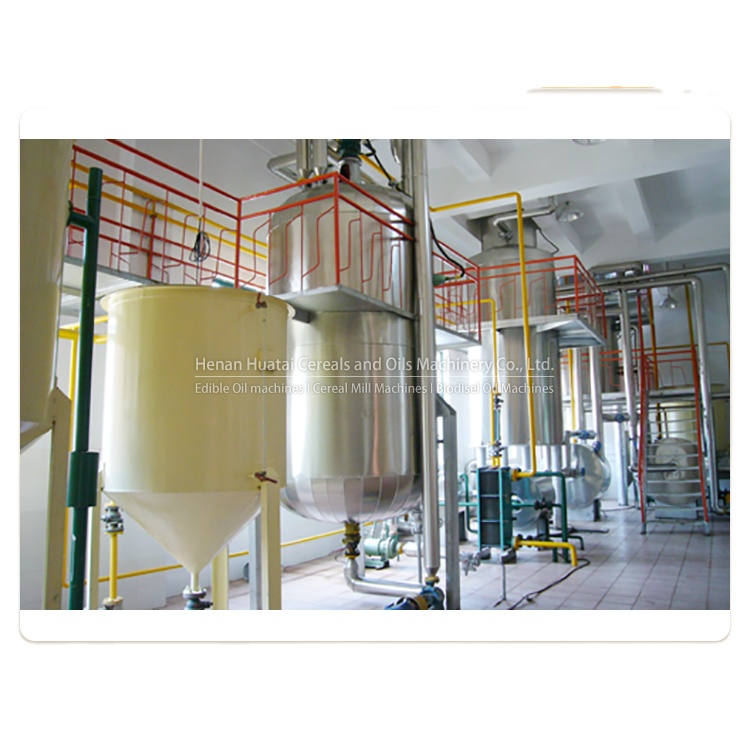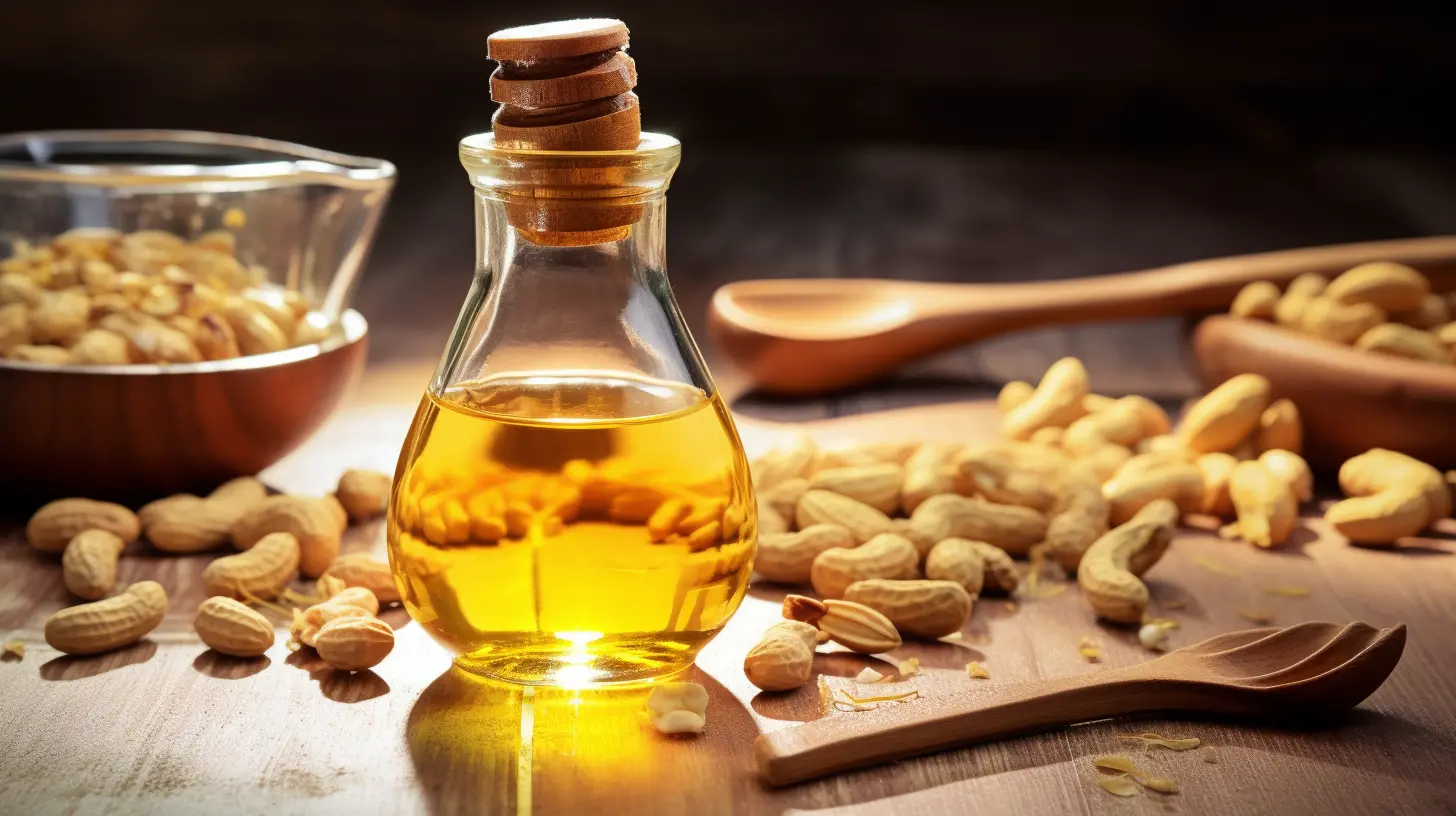
Peanut oil is a staple in many kitchens around the world, valued for its rich flavor and health benefits. In this article, we'll take you through the entire process of peanut oil production, from shelling peanuts to refining and bottling. Let's start this journey to understand the secrets behind high - quality peanut oil.
The first step in peanut oil production is shelling. High - quality peanuts with intact shells are carefully selected. Specialized shelling machines are used to separate the kernels from the shells. This process needs to be precise to avoid damaging the peanuts, as damaged peanuts can affect the quality of the final oil. After shelling, the peanuts are ready for further processing.

There are two main methods of extracting peanut oil: hot - pressing and cold - pressing. Hot - pressing involves heating the peanuts before extraction. This method can increase the oil yield, with an average yield of about 40% - 45%. The oil produced has a strong, rich flavor, which is popular among consumers who prefer a more intense taste. On the other hand, cold - pressing is done at lower temperatures, usually below 60°C. The oil yield is relatively lower, around 30% - 35%, but it retains more nutrients and has a lighter, more natural flavor. Each process has its own advantages, and the choice depends on market demand and product positioning.
Before extraction, the peanuts need to be thoroughly cleaned. This step removes dirt, debris, and any foreign objects. After cleaning, the peanuts may undergo some pretreatment, such as moisture adjustment. Proper moisture content is crucial, as it can affect the subsequent pressing process. Generally, the moisture content of peanuts should be controlled between 8% - 12% for optimal results.
Baking is an important step in creating the characteristic aroma of peanut oil. The baking temperature has a significant impact on the flavor. When the baking temperature is around 150°C - 180°C, it can bring out the best flavor in peanuts, creating a rich and fragrant oil. However, if the temperature is too high, it may cause the peanuts to burn, resulting in a bitter taste in the oil.
Crushing the peanuts into smaller particles can increase the contact area between the oil cells and the pressing equipment, thereby improving the oil yield. Advanced crushing machines can break the peanuts into fine particles, ensuring that more oil can be extracted during the pressing process. A well - crushed peanut can increase the oil extraction efficiency by about 5% - 10%.

The oil extraction process is the core of peanut oil production. Whether using hot - pressing or cold - pressing, specialized pressing equipment is used. For example, a large - scale screw press can generate high pressure to squeeze out the oil from the peanuts. After pressing, the crude oil is collected for further refining.
After oil extraction, the remaining oil cakes still contain some nutrients and can be reused. For example, they can be used as animal feed, providing a good source of protein for livestock. Some oil cakes are also used in the production of organic fertilizers, contributing to sustainable agriculture.
The crude oil obtained from pressing needs to be refined to remove impurities, such as free fatty acids, pigments, and odors. The refining process includes degumming, deacidification, decolorization, and deodorization. After refining, the peanut oil becomes clear, stable, and has a longer shelf - life. Finally, the refined oil is bottled in clean, sealed containers, ready to be sent to the market.

The production of peanut oil is a complex and meticulous process, with each step carefully controlled to ensure the quality of the final product. Through strict production processes, the peanut oil produced is of high quality and safety. You can rest assured to choose our peanut oil, which has undergone a series of strict quality inspections. If you're interested in our peanut oil products, click the button below to place an order and bring high - quality peanut oil into your kitchen!
Order Now
